The Monetary Board of the Central Bank of Sri Lanka, acting in terms of the Regulations made under the Registered Stock and Securities Ordinance and the Local Treasury Bills Ordinance, has decided to extend the suspension of Perpetual Treasuries Limited (PTL) from carrying on the business and activities of a Primary Dealer for a period of six months with effect from 4.30 p.m. on 05th July 2019, in order to continue the investigations being conducted by the Central Bank of Sri Lanka.







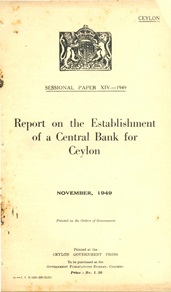
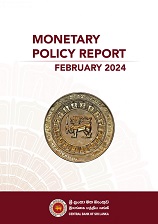
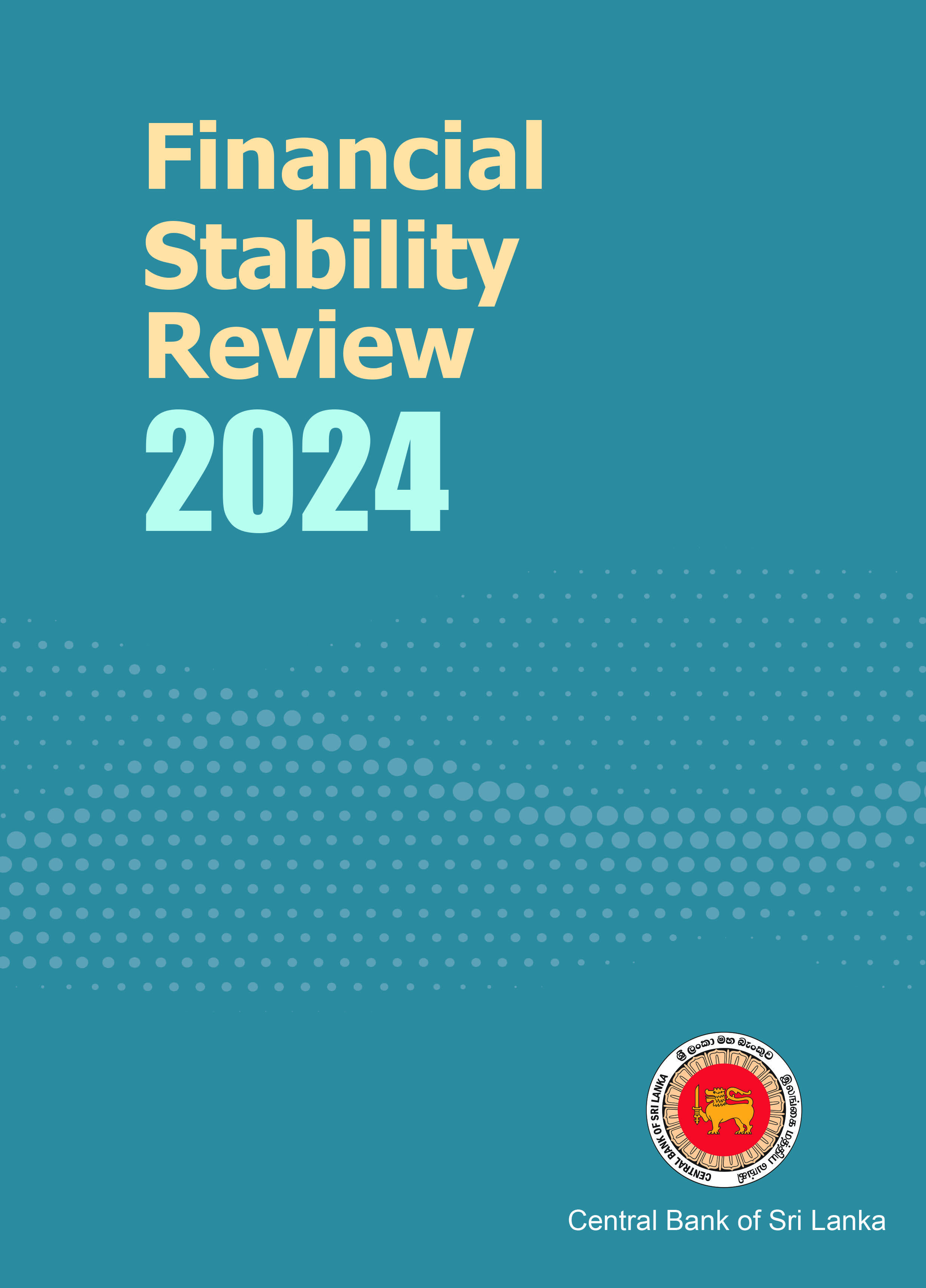
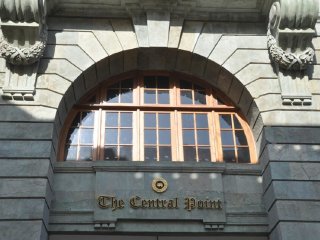




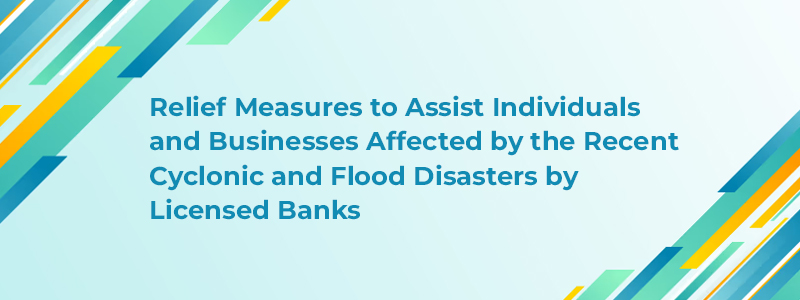

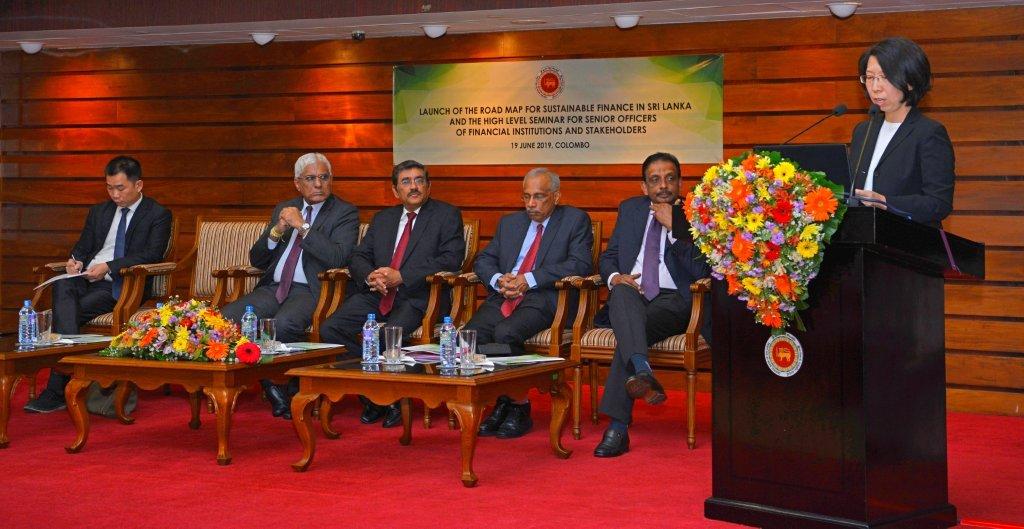 The Central Bank of Sri Lanka launched the Roadmap for Sustainable Finance in Sri Lanka and hosted a high-level seminar for senior officers of Financial Institutions and Stakeholders on 19 June 2019 at The Atrium of the Central Bank of Sri Lanka, Colombo. This was the National Launch of the Roadmap for Sustainable Finance which was unveiled globally on 10 April 2019 at the Sustainable Banking Network Global Meeting of the International Finance Corporation (IFC) in Washington, D.C, USA.
The Central Bank of Sri Lanka launched the Roadmap for Sustainable Finance in Sri Lanka and hosted a high-level seminar for senior officers of Financial Institutions and Stakeholders on 19 June 2019 at The Atrium of the Central Bank of Sri Lanka, Colombo. This was the National Launch of the Roadmap for Sustainable Finance which was unveiled globally on 10 April 2019 at the Sustainable Banking Network Global Meeting of the International Finance Corporation (IFC) in Washington, D.C, USA. 